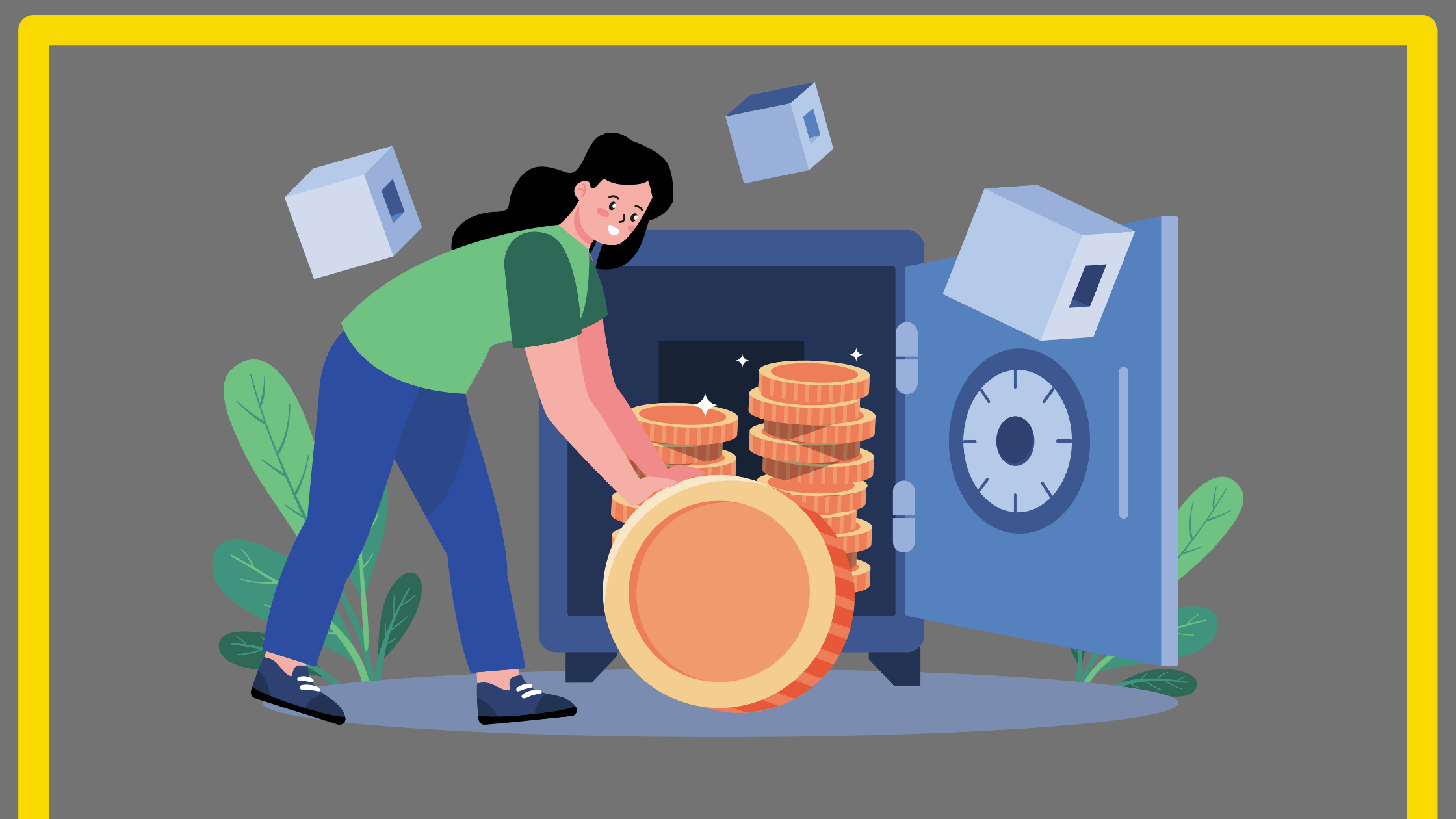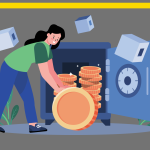Imagine earning money just by holding onto your crypto assets—sounds appealing, right? That’s exactly what crypto staking offers! In simple terms, staking is a way to earn rewards by participating in the operation of a blockchain network. But what exactly does that mean, and how can you get started? Let’s dive into the world of crypto staking and explore how it can become your new source of passive income.
Understanding Crypto Staking
A Simple Definition for Beginners
Crypto staking is a process where you lock up a certain amount of cryptocurrency to support the operations of a blockchain network. In return, you earn rewards, typically in the form of additional coins or tokens. It’s like putting your money in a savings account, but instead of earning interest, you earn crypto.
The Role of Proof-of-Stake (PoS)
Staking is fundamentally linked to the Proof-of-Stake (PoS) consensus mechanism, a method some blockchains use to validate transactions and secure the network. Unlike Proof-of-Work (PoW), which relies on mining, PoS selects validators based on the number of coins they hold and are willing to “stake” as collateral. This makes it more energy-efficient than PoW.
How Staking Works
When you stake your crypto, you’re essentially locking it up in a wallet to participate in the network’s operations. In return for this, you are rewarded with new coins, similar to earning interest in a traditional financial system. The amount of rewards you receive depends on several factors, such as the amount of crypto you stake, the duration, and the network’s specific rules.
Benefits of Crypto Staking
Why You Should Consider Staking Your Assets
Staking offers multiple benefits that make it an attractive option for crypto enthusiasts and investors alike. It provides a way to earn passive income while holding onto your crypto assets, potentially increasing your wealth over time.
Earning Rewards
The most obvious benefit of staking is the ability to earn rewards. These rewards come in the form of additional cryptocurrency, which can compound over time and add up to a significant amount, depending on how much you stake and for how long.
Supporting the Network
By staking, you also play a crucial role in maintaining and securing the blockchain network. Validators help verify transactions, ensuring the network remains decentralized and secure. In return, you are compensated for your contribution.
Potential Risks of Staking
What You Need to Watch Out For
While staking offers attractive rewards, it’s not without risks. It’s important to understand these risks to make informed decisions about whether staking is right for you.
Market Volatility
Cryptocurrency markets are known for their volatility. The value of the coins you stake can fluctuate significantly, which could impact your overall returns. If the value of the coin drops, the rewards you earn may not compensate for the loss in value.
Lock-Up Periods
Many staking programs require you to lock up your crypto for a certain period, during which you can’t sell or transfer your assets. If the market crashes during this period, you could be stuck holding onto a depreciating asset.
How to Start Crypto Staking
A Step-by-Step Guide
Ready to start earning passive income through staking? Here’s a simple guide to get you started:
- Choose a Staking Platform: Research and select a reputable platform that offers staking services. Some popular options include Binance, Coinbase, and Kraken.
- Select a Staking Coin: Not all cryptocurrencies are suitable for staking. Choose a coin that uses the PoS consensus mechanism and has a good staking reward rate.
- Set Up a Crypto Wallet: Ensure you have a wallet compatible with the coin you want to stake. This could be a hardware wallet, a software wallet, or an exchange-based wallet.
- Begin Staking: Once you have chosen a platform and set up your wallet, you can start staking by transferring your coins to the staking platform.
Choosing the Right Platform
When selecting a staking platform, consider factors like fees, security, and ease of use. Look for platforms with a solid reputation and good user reviews to ensure a safe staking experience.
Selecting a Staking Coin
Popular staking coins for 2024 include Ethereum (ETH), Cardano (ADA), Polkadot (DOT), Solana (SOL), and Avalanche (AVAX). Each coin has its own staking rules and reward rates, so be sure to research which one aligns best with your investment strategy.
Setting Up a Crypto Wallet
A secure crypto wallet is essential for staking. Make sure your wallet supports the coin you wish to stake and provides robust security features to protect your assets.
Types of Crypto Staking
Exploring Different Staking Options
There are various ways to stake your crypto, each with its own benefits and drawbacks. Understanding these options can help you choose the best staking method for your needs.
Exchange-Based Staking
Many centralized exchanges like Binance, Kraken, and Coinbase offer staking services directly on their platforms. This method is user-friendly and convenient, especially for beginners, but may come with higher fees.
DeFi Staking
Decentralized Finance (DeFi) staking involves using decentralized applications (DApps) to stake directly on the blockchain. This method often offers higher rewards but requires a deeper understanding of DeFi protocols and smart contracts.
Tips for Maximizing Staking Returns
Strategies to Optimize Your Earnings
To get the most out of staking, consider implementing strategies to maximize your returns and minimize risks.
Diversifying Your Portfolio
Don’t put all your eggs in one basket. Diversify your staking portfolio by investing in multiple coins and platforms to spread risk and increase your chances of earning higher rewards.
Staying Informed
Keep up with the latest developments in the crypto world. Regularly check news, follow market trends, and adjust your staking strategy as needed to optimize your earnings.
The Future of Crypto Staking
What Lies Ahead for Stakers
The future of crypto staking looks promising, with increasing adoption and innovation on the horizon.
Increasing Adoption
As more networks transition to PoS models and more coins become stakeable, opportunities for earning passive income through staking will continue to grow.
Regulatory Landscape
Regulations around staking are still evolving. Keep an eye on legal developments in your region, as new rules could impact how you stake and earn rewards.
Conclusion
Crypto staking offers a unique opportunity to earn passive income while supporting the blockchain ecosystem. With its growing popularity, it’s a trend that could become a standard part of many investment portfolios. If you’re ready to dive into the staking world, be sure to do your research, understand the risks, and choose the strategy that aligns best with your financial goals.











 Bitcoin
Bitcoin  Ethereum
Ethereum  Tether
Tether  Solana
Solana  USDC
USDC  XRP
XRP  Lido Staked Ether
Lido Staked Ether  Dogecoin
Dogecoin  Toncoin
Toncoin